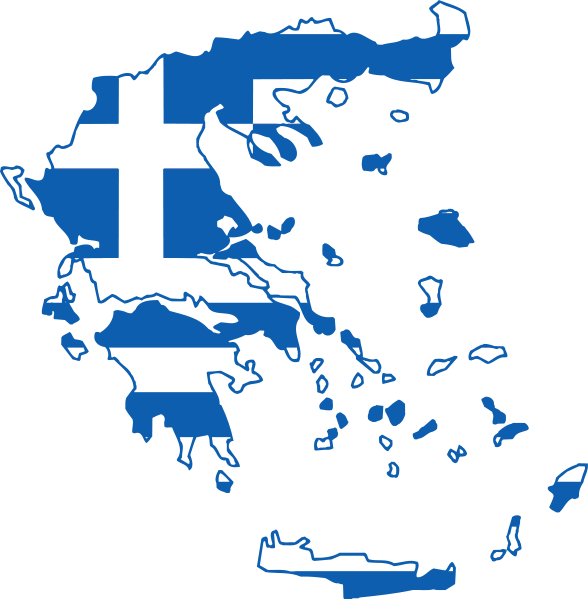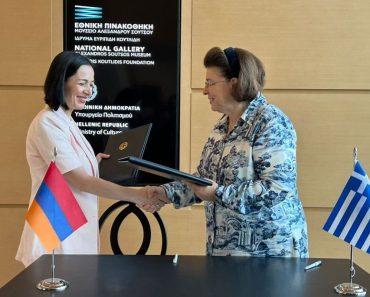The series reflects on the way a community’s identity and the place to which it belongs are inherently linked with ritual acts. The Greek panigiria, festal celebrations in honour of a holy figure, usually taking place on Orthodox Church saints’ days, are such rituals.
Demos focused on the panigiria of Zagori, a cluster of small mountain villages in Epirus, north-west Greece, shooting the dances with long exposures, often making them disappear in a haze of abstraction.
“Eating, drinking, and above all dancing, are the elements that make up these celebrations. The relentlessness of people bent on enjoying themselves until they can’t anymore, the music, often amplified, resounding through the surrounding houses and mountains, and the utter oneness of social purpose lend to these Panigiria an impact and intensity that is unforgettable,” Demos said at the one of the first showcasings of the series, in the Photographic Centre of Athens, in 1980.
Some 45 years later, he reflects on the series’ foundation, explaining that he captured a Greece that is passing away, and was first prompted to document the festivities when he rediscovered the country after returning from years spent in the US.
“The people here are appearing more as essences, they become the dance, the dancers become the dance,” Demos said during a question-and-answer session on July 31 in Sofia. “Light and the movement are becoming one.” He added that “the ‘Panigiria’ series is the idea of the life being lived, through the vivid and dimensional quality.”







